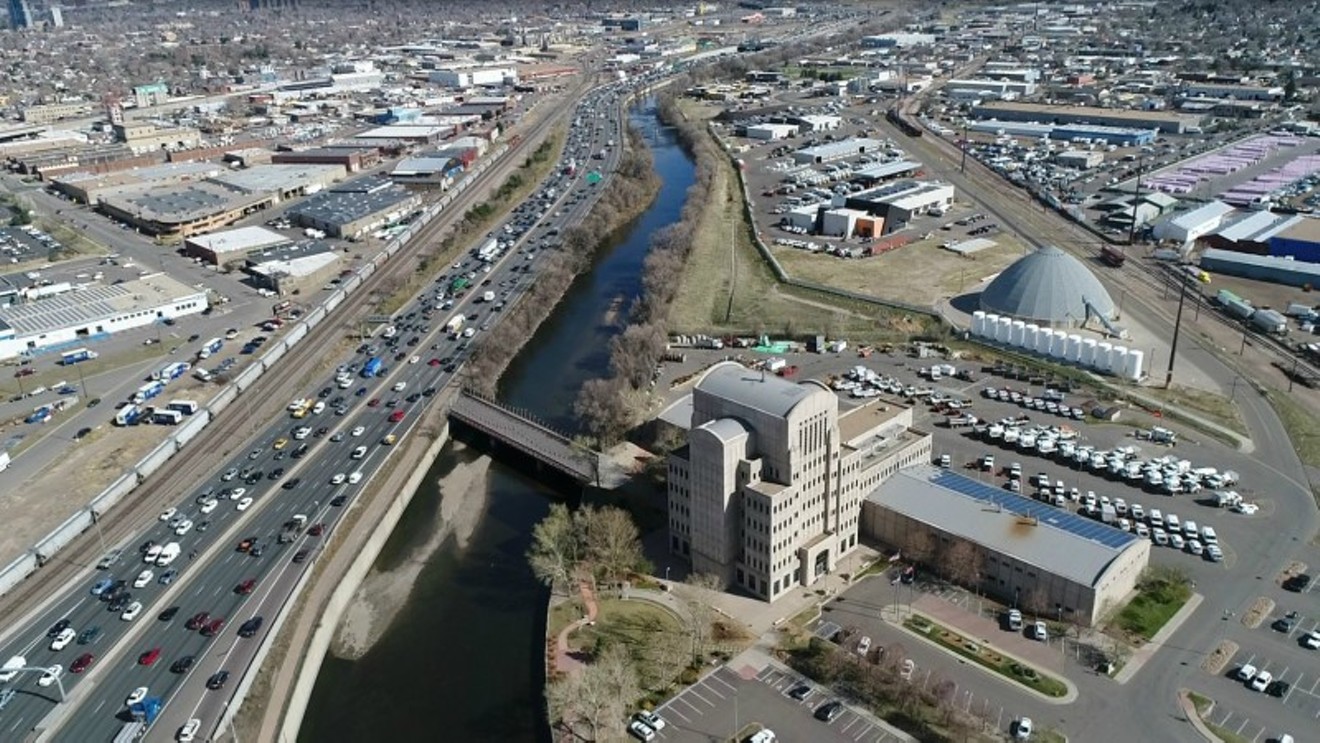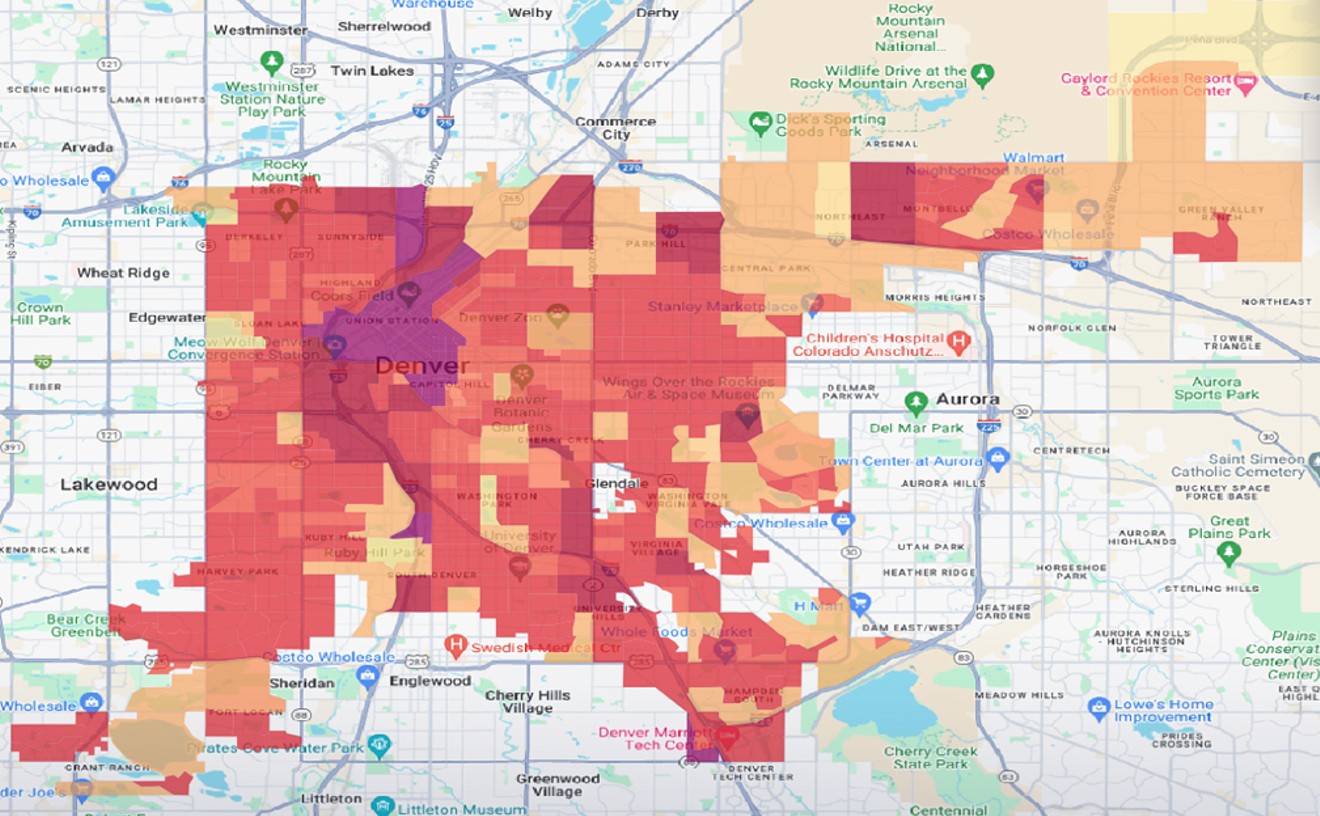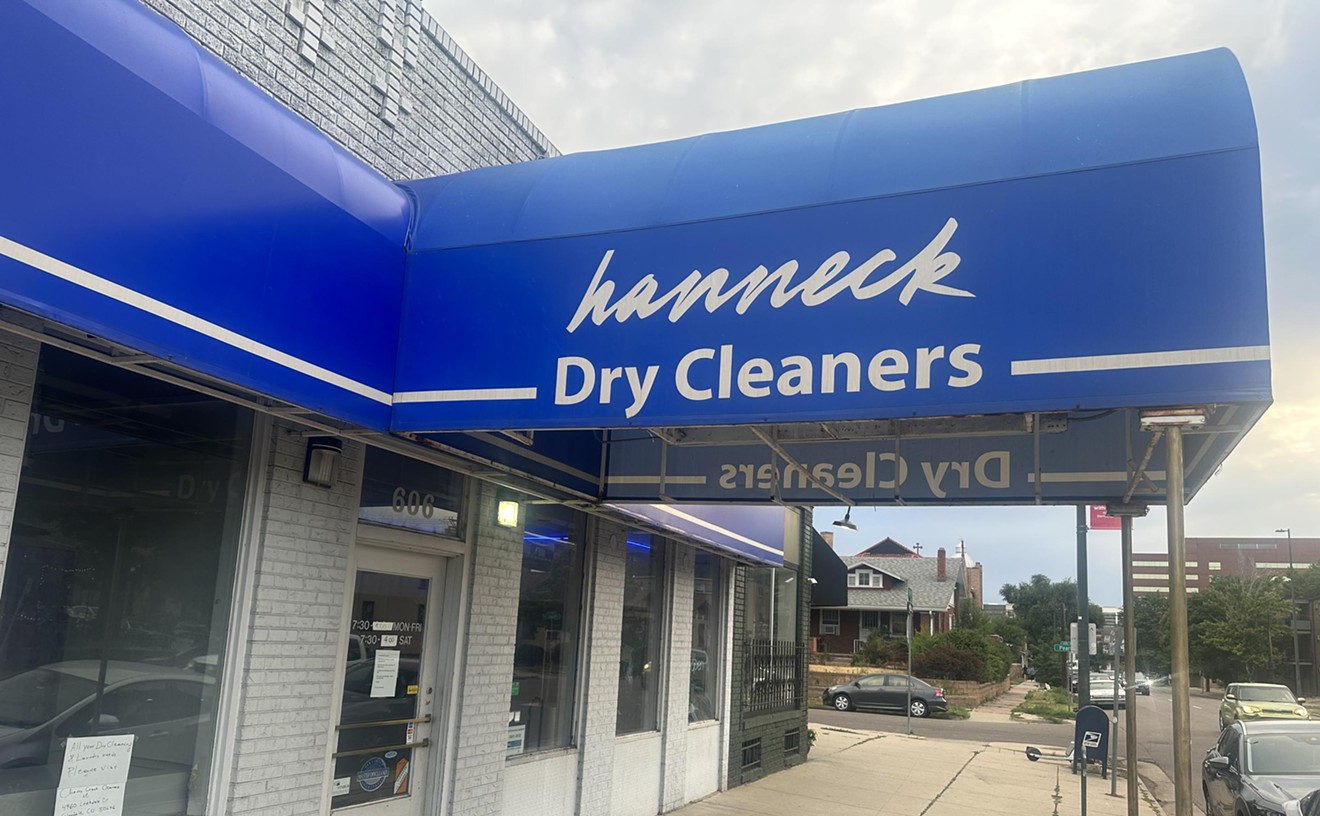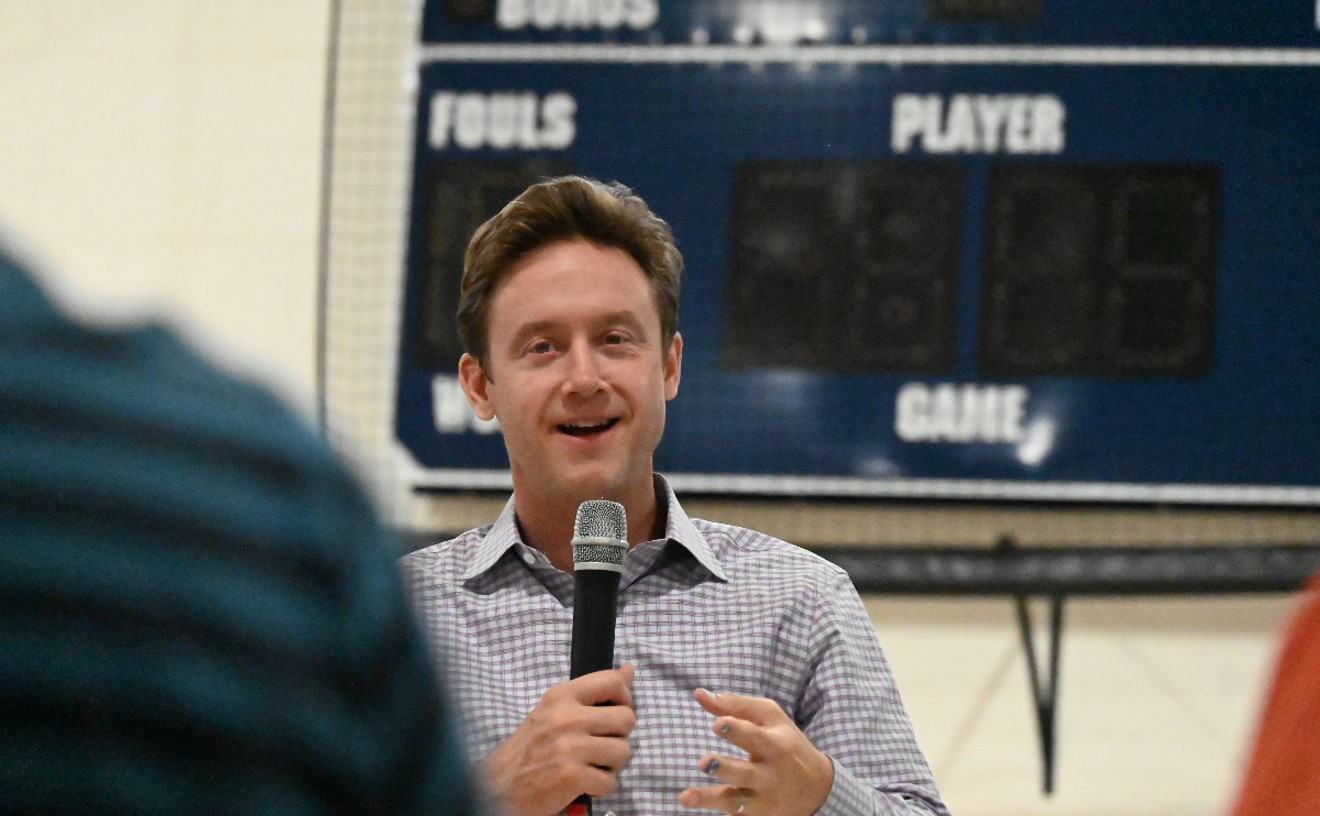But if the Colorado Department of Transportation has its way, more massive endeavors will get going in the heart of Denver, with arguably the most notable being phases two and three of the Valley Highway project.
These operations would involve the creation of a new Alameda on-ramp, as well as the widening of the interstate in the vicinity. The latter will require the moving of railroad tracks — a decision made in part because CDOT determined that shifting the South Platte River would be impractical, though it was actually considered.
The groundbreaking for phases two and three could still be a couple of years away — but CDOT resident engineer Steve Sherman says the path toward making the department's dreams a reality would be smoothed immeasurably by the passage of Proposition 110, also known as Let's Go Colorado, a sales-tax ballot measure that earmarks funds for the Valley Highway project, which was originally conceived more than a decade ago.
In 2007, Sherman recalls, "we released the Valley Highway environmental impact statement, and we've been working on phases ever since. Phase one" — which included the building of a new ramp at Santa Fe — "is already done, and phases five and six, along Sixth Avenue, have been completed recently, too. But phases two, three and four have yet to be funded."

A graphic showing the assorted phases of the Valley Highway project.
Courtesy of the Colorado Department of Transportation
The cost for phase two is estimated at $39 million, while phase three's fiscal requirements are calculated at $134 million. But Sherman acknowledges that the phase three amount "is a little bit nebulous" because of its many moving parts.
In the Alameda-to-Sixth stretch, "the highway is pinched between the river and the railroad," he points out, "and we can't move the river. We've asked, and trying to move the river to the west past industrial properties has all kinds of hydraulic implications that are not very savory. Because of potential environmental and waste hazards, moving the river wasn't really an option."
At the same time, he adds, "we don't really want to build over the river. That would obviously detract from the river environment. And we don't want to build a double-decker highway through there, either. The visual impacts and the cost to maintain it are extreme, so that would be a last-ditch option."
That leaves realigning the railroad tracks, which will require negotiations with some powerful firms. Sherman notes that "the railroads that use those are Union Pacific and the Burlington Northern Santa Fe. They have all the rights, but they're not saying no to moving the tracks. As long as we make them whole, give them what they have now and even improve things a little bit, they'll work with us. But there's a large cost there."

This CDOT photo-illustration depicts the traffic volume on Santa Fe and Alameda.
CDOT via YouTube
"People say, 'You built this brand-new Santa Fe ramp and it's already congested,'" he concedes. "But that's because we haven't finished the project. Phase three would allow us to digest all of the volume from Santa Fe and Alameda and I-25 a lot better than we can now. By widening the shoulders and having accel and decel lanes, everyone will be able to merge and weave through that section between Alameda and Sixthth in a much safer manner. There will be fewer crashes, less congestion and less time on the roads."
Adding not one, but two new projects to I-25 in such a key stretch would seem to be a recipe for gridlock, especially given that shovels could be nosing into the soil before any of the others are completed: Central 70 is expected to go on for at least five more years, while the I-25 North project and I-25 South Gap aren't supposed to wrap before 2021. But Sherman isn't overly concerned.
"Coordinating with different projects is something we do fairly well," he says. "If there were two projects out there at the same time, I don't see it as a problem. And we don't need to have those thoughts yet. If we're building the Alameda ramp onto northbound I-25, we might be able to start phase three and move forward in a way that would help traffic move better. It's possible there could be negative implications, but I think phase two and three would work together really well."
He adds that "phases two and three are critical to the conclusions we reached about how to improve the Valley Highway ten years ago."
To learn more about the assorted Valley Highway endeavors, click to visit CDOT's I-25 Central Planning and Environmental Linkages Study page.












